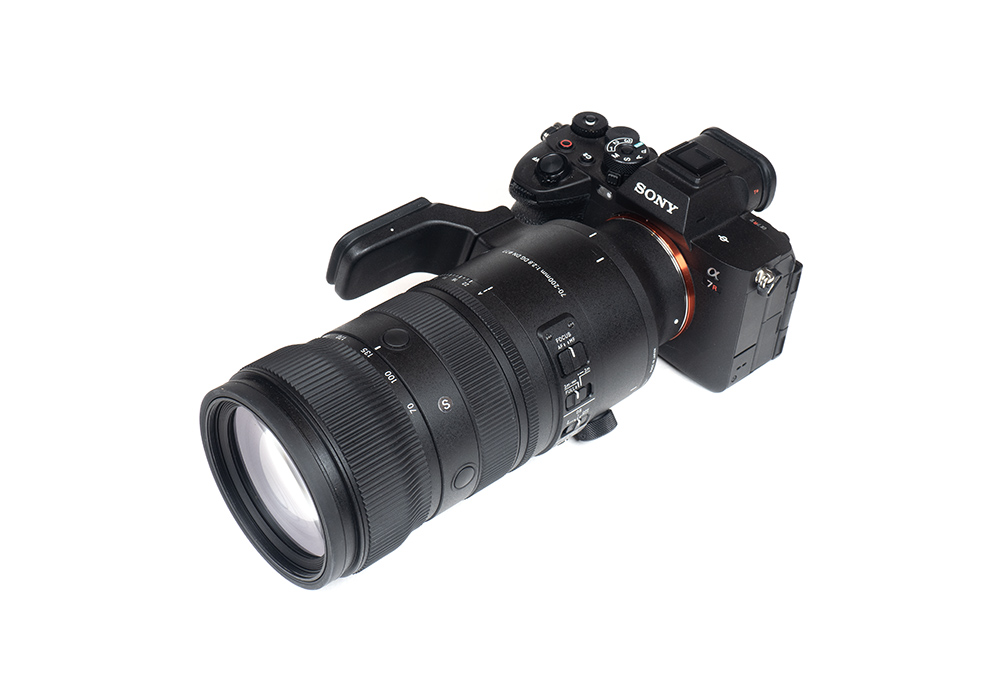Sigma took their time to release the lens, but the Sigma 70-200mm f/2.8 DG DN OS Sports is finally here (and, admittedly, it then took us a while to review it). It completes Sigma’s own interpretation of the “holy” trinity (14-24mm f/2.8, 24-70mm f/2.8, 70-200mm f/2.8) of pro-grade fast zoom lenses. Unlike the 2 other members, the 70-200mm f/2.8 is a designated “Sports” lens with, you guessed it, an optimized AF for action photography. At around $1400 USD / 1600EUR, it undercuts its biggest rival, the Sony 70-200mm f/2.8 GM II, by quite a margin, so let’s see whether it plays in the same performance league despite the lower price point.
Mechanically, this is certainly the case. The lens body is made of a combination of Sigma’s TSC, a high quality engineered plastic, and metal parts, including a removable tripod mount. An unusual and probably unfortunate design decision was to place the zoom ring at the very front of the lens. Besides not being in the more “natural” place behind the focus ring, this has another side effect – with the deep lens hood mounted in reverse, the zoom ring is not accessible at all. Speaking of the hood – it doesn’t use the usual snap-on approach, but you use a screw to fix it in position. This works well, but it also takes a little longer to do so. Unlike its SLR-centric predecessors, it features a de-clickable aperture ring. Other than that there’s a phalanx of buttons and switches for AF lock, a focus-limiter, a custom mode switch, and image stabilizer control. The image stabilizer is rated at no less than 7.5 (!) stops, but better expect a little bit less than that in real life. The lens is, of course, also dust and splash-resistant, and the inner zoom mechanism should also provide some protection against the elements. Sigma also managed to reduce the weight down to 1335g.
The 70-200mm f/2.8 uses Dual HLA (High-response Linear Actuator) for autofocusing based on a floating focusing system for maintaining the performance throughout the focus range. The AF speed is certainly fast and, as usual, near silent. Manual focusing works by-wire, which shouldn’t come as a surprise anymore.
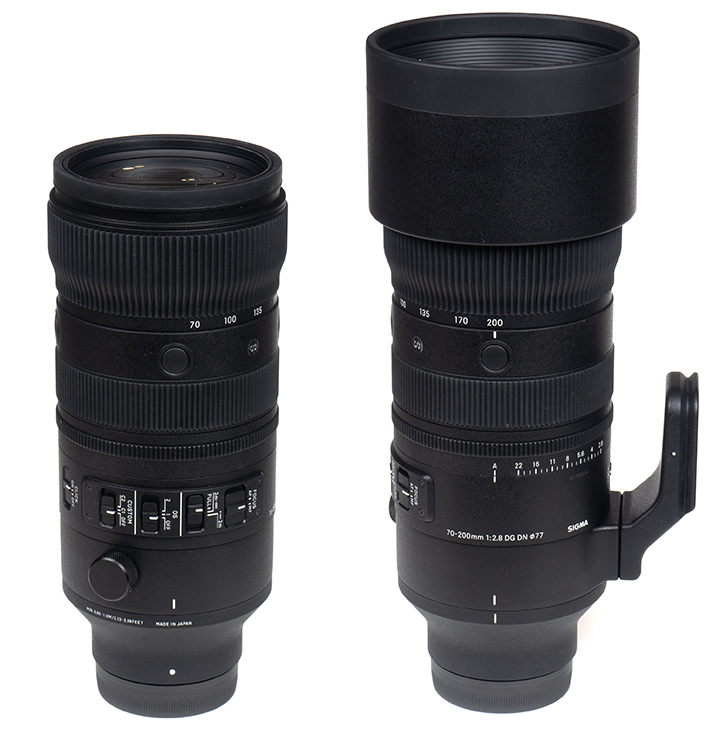
| Specifications | |
|---|---|
| Optical construction | 20 elements in 15 groups (6x FLD, 2x SLD, 3x aspherical) |
| Number of aperture blades | 11 (rounded) |
| min. focus distance | 65 (W) – 100 (T) cm (max magnification 1:5.2 (T)) |
| Dimensions | φ90.6mm × 207.0mm |
| Weight | 1335g |
| Filter size | φ77mm |
| Hood | barrel-shaped, screw-on, supplied |
| Other features | aperture ring w/ de-click switch, tripod mount 3x AFL buttons, Focus Limiter switch, Image stabilizer (OS), Custom Mode switch, Dust and Splash Resistant Structure, Water and Oil Repellent Coating |
Distortion
Let’s start with RAW image distortions first. It starts with a slight pincushion distortion at 70mm. This increases to medium to high pincushion distortions in the middle to upper part of the zoom range.
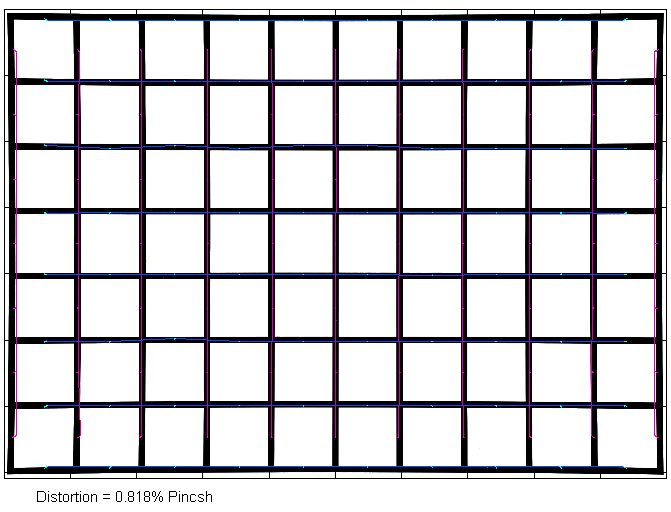
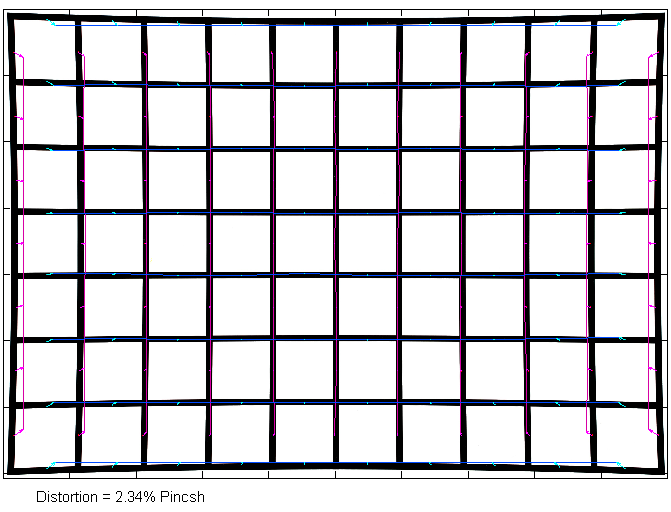
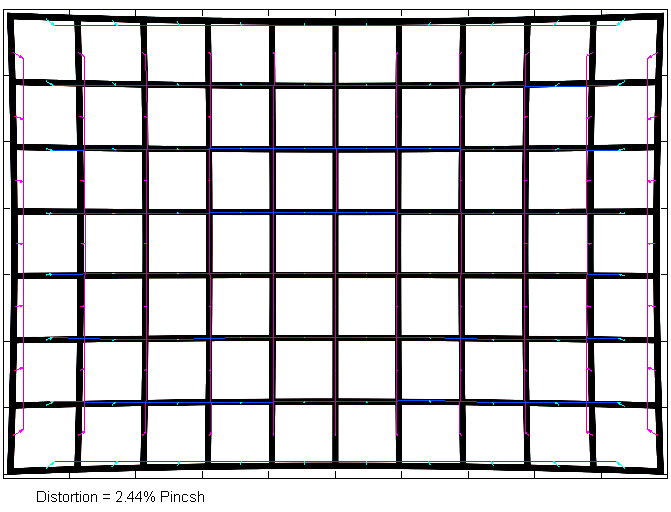
Thus, it is advisable to keep distortion correction active – this eliminates the issue in all but lab conditions.
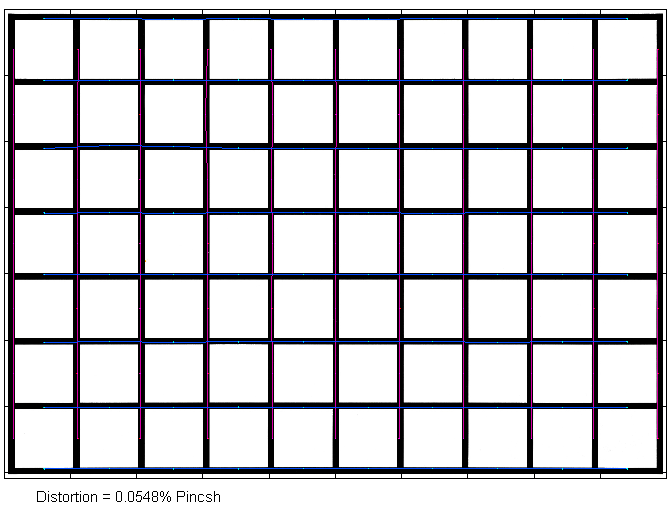

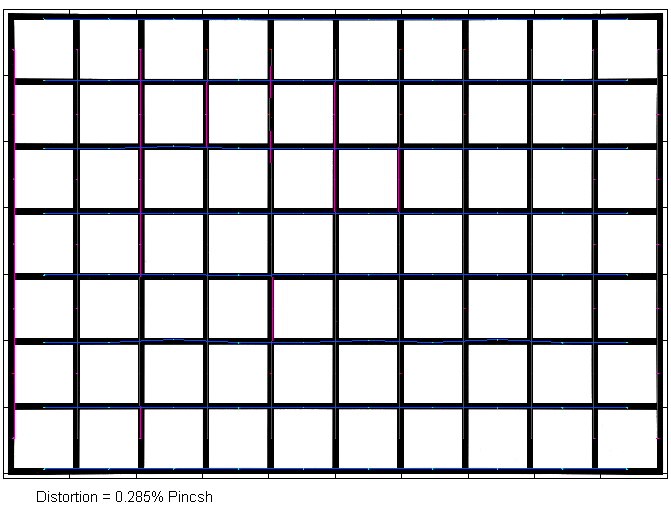
Vignetting
The Sigma lens produces a somewhat higher than average RAW vignetting at f/2.8. The light falloff almost reaches 2 EV (f-stops) here. Stopping down to f/4 cuts this by half, and the issue is mostly negligible from f/5.6.
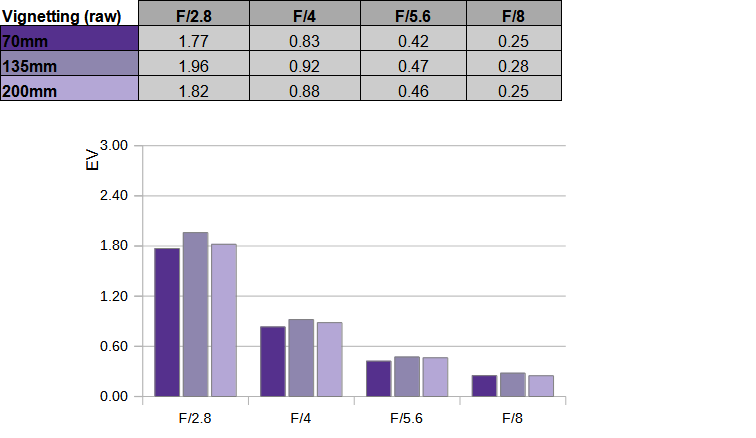
Activated autocorrection reduces the vignetting by about 1 EV (f-stop) at f/2.8. This is fine for most use cases. Strangely, the degree of correction is much reduced at f/4. The light falloff is mostly in line with the f/2.8 setting here. At f/5.6, the issue is basically gone.
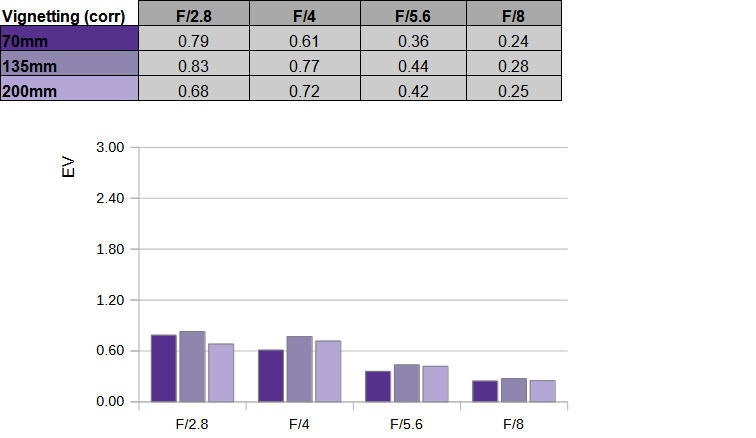
MTF (resolution)
The Sigma 70-200mm f/2.8 DG DN OS Sports delivered impressive results in the MTF lab. The quality is also very consistent across the zoom range. The image center is nicely sharp at f/2.8, and superb between f/4 and f/5.6. The near center quality is very good at f/2.8 and excellent at medium aperture settings. The border quality is slightly worse still, but even the corner quality remains very good. As usual, diffraction limits the quality from about f/8, although f/11 remains easily usable. f/16 and beyond should be avoided unless required by your scene.
The centering quality of tested sample was good. Field curvature is low.
Please note that the MTF results are not directly comparable across the different systems!
Below is a simplified summary of the formal findings. The chart shows line widths per picture height (LW/PH), which can be taken as a measure of sharpness. If you want to know more about the MTF50 figures, you may check out the corresponding Imatest Explanations.

Chromatic Aberrations (CAs)
Lateral chromatic aberrations (color shadows at hard contrast transitions) are extremely low and among the best that we have seen from a zoom lens.

Bokeh
A discussion of a fast tele zoom lens wouldn’t be complete without the bokeh.
Out-of-focus highlights have a clean inner disc. However, we can spot a bit of disc outlining. The discs remain mostly circular at f/4 and f/5.6 – thanks to no less than 11 aperture blades.
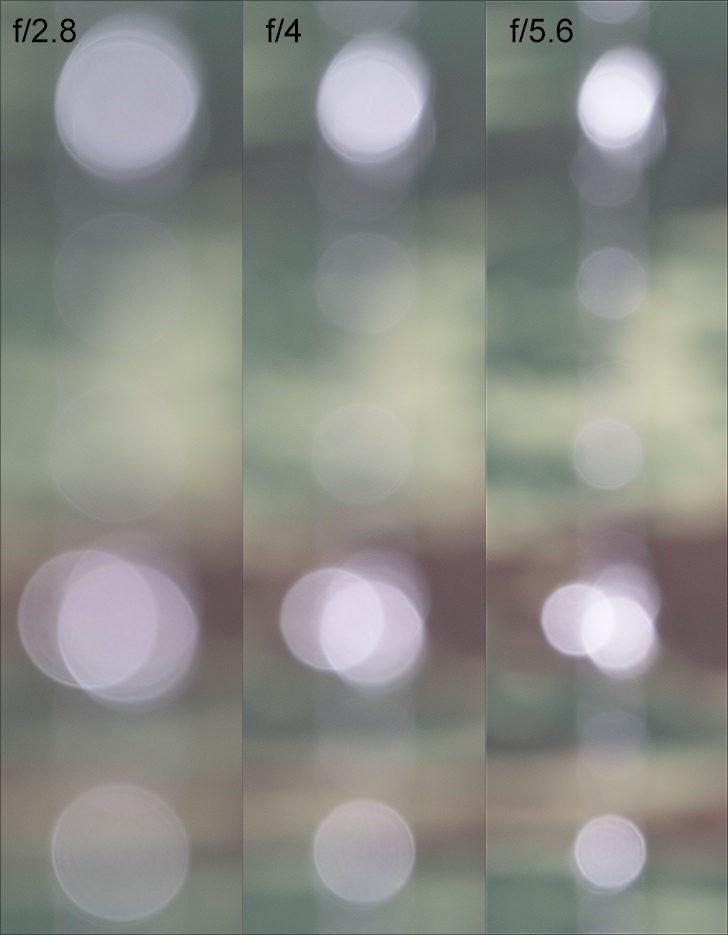
When looking at the highlight rendering across the image field at f/2.8, the highlight discs remain intact up to the midfield. Beyond, the shape deteriorates, with very pronounced “cat eyes” in the image corners. As usual, you can broaden the “perfect zone” by stopping down, but the corner discs aren’t restored until f/5.6.
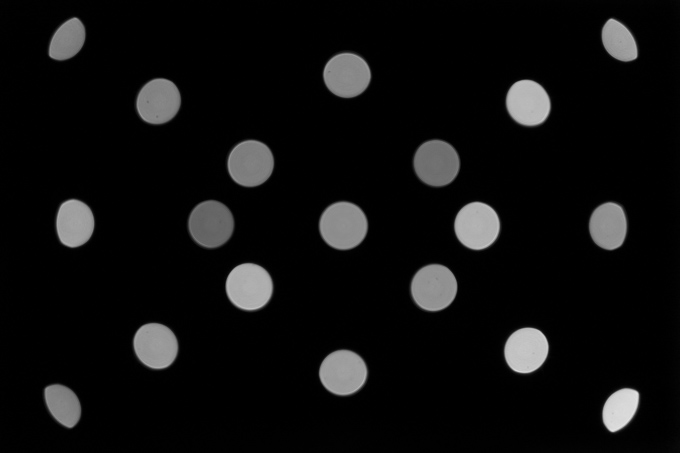
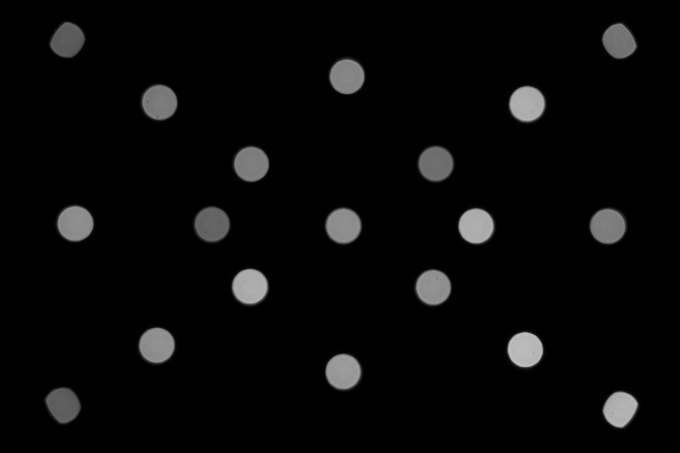
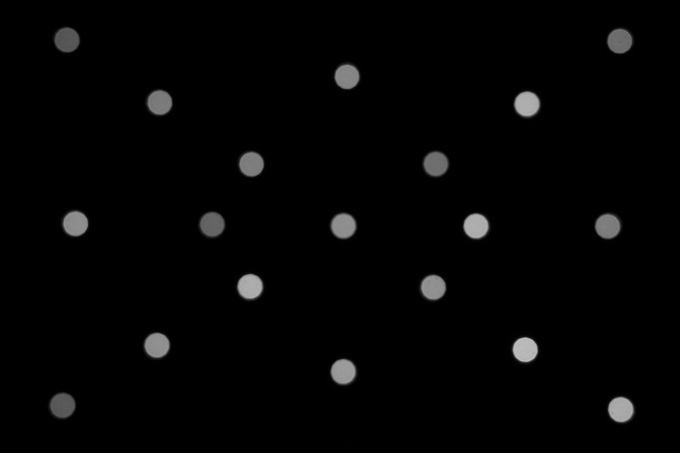
The blur in the focus transition zone is exceptionally smooth in the image background – shown to the left below. The foreground blur (to the right) is just a tiny bit more “shadowy” but still pretty good.
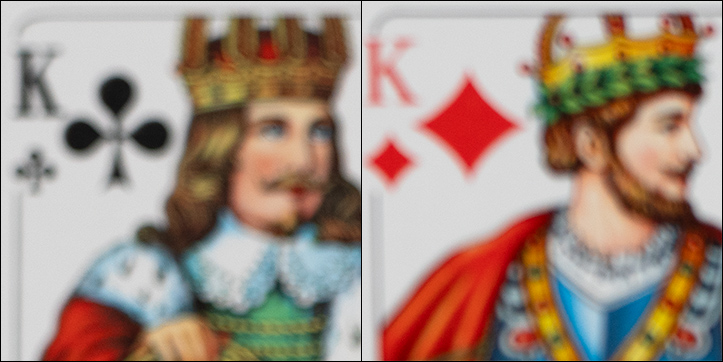
Bokeh Fringing / LoCA
Boheh fringing/LoCA is an axial color fringing effect with purplish halos in front of the focus point and greenish beyond. As you can see below, the Sigma lens produces negligible LoCAs at f/2.8 already.
There’s a marginal shift of the focus point towards the rear when stopping down, but that’s barely relevant.
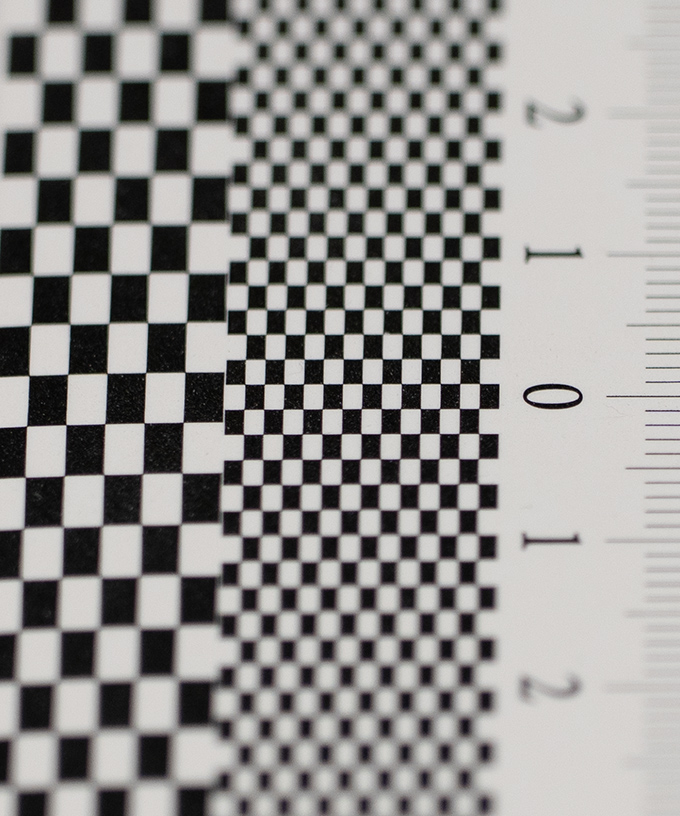
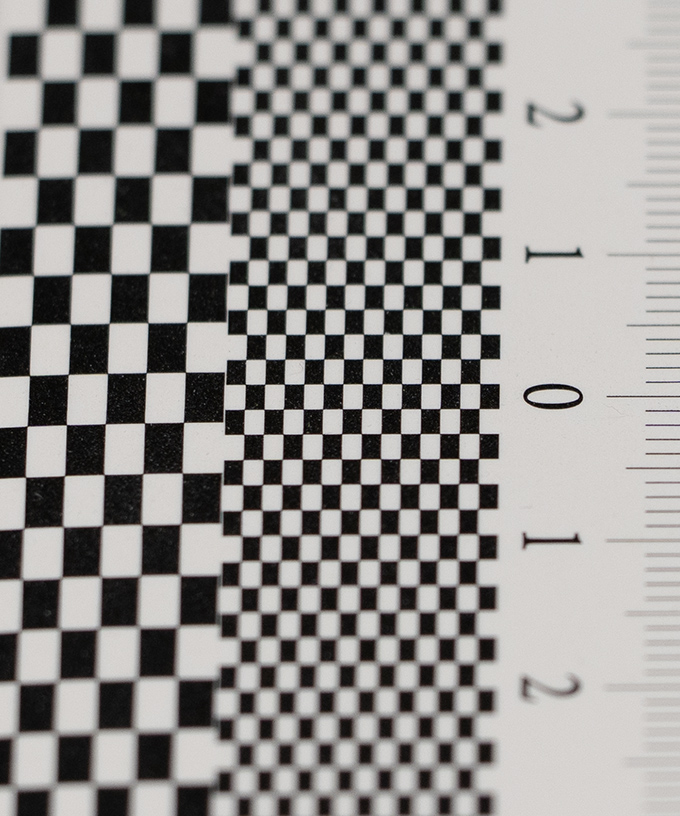
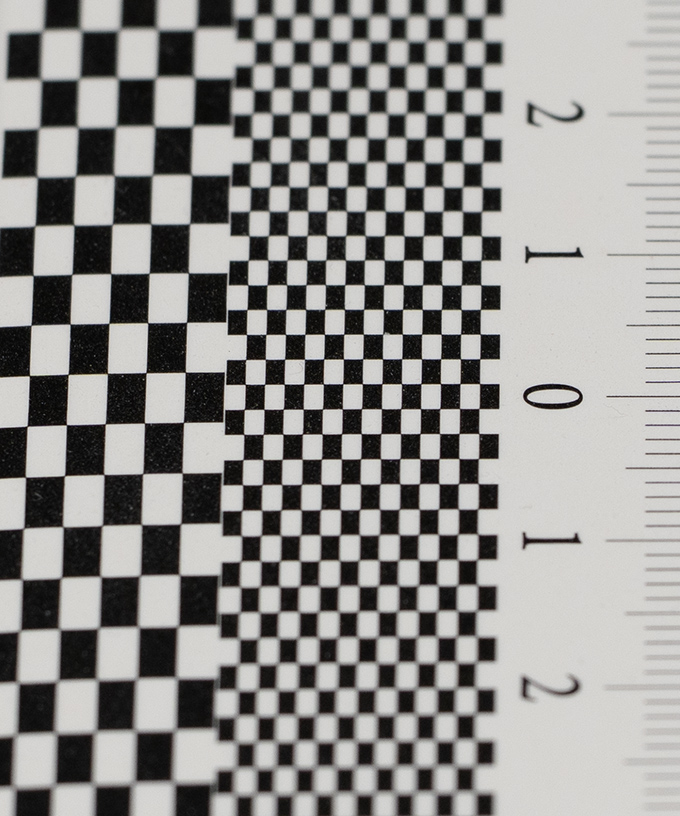
Competition
The Sigma 70-200mm f/2.8 DG DN OS Sports (shown to the left below) faces two direct competitors – Sony’s own 70-200mm f/2.8 GM II (center) and the Tamron 70-180mm f/2.8 Di III VXD VC II (right). The outlier in this list is the Tamron, which follows a bit of a different design concept. Unlike the other two, it uses an extending zoom mechanism to minimize weight (885g) and transport size. We have only tested the non-VC version of the Tamron so far, but at least optically it was already impressive, and the VC version is surely at least on the same level. The Sony lens remains the king in terms of AF speed. If you want the best there is in this respect, it’s the one to go for. Despite Sigma’s efforts, the Sony lens is also almost 300g more lightweight than the Sigma. And unlike the Sigma/Tamron, it supports tele-converters (Note: Sigma offers converters for the L-mount version, but not in E-mount). In terms of optical performance, there isn’t really a hell of a lot of a difference between these 3 lenses. Price-wise, there IS a substantial difference, with the Tamron being the most affordable at $1300USD, followed by the Sigma ($1400) and the far, far, more expensive Sony GM II at $2800. Most mortals will probably choose between the Sigma and the Tamron due to the price difference alone.
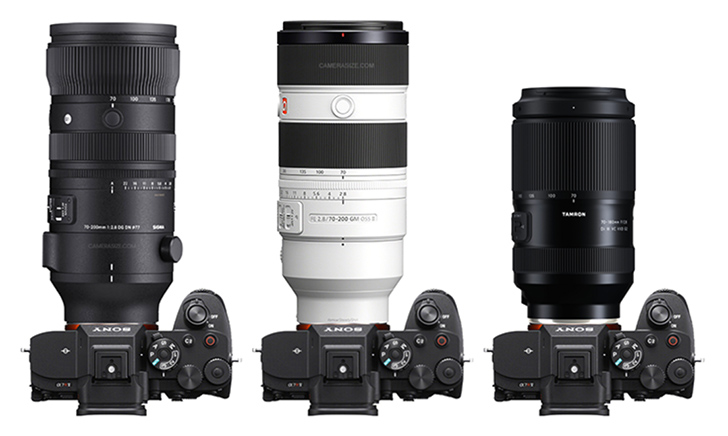
Sample Images
The Sigma 70-200mm f/2.8 DG DN OS Sports does deliver on its promises. The lens is consistent sharp throughout the zoom range with no obvious weakness. Both axial and lateral CAs are very low. At least in RAW images, this can't be said about image distortions at and beyond 135mm, though. The vignetting is also on the high side at f/2.8. Thus, enabling autocorrection is a good idea here. The bokeh is smooth, and the rendering of out-of-focus highlight discs is fine except in the image corners.
In terms of build quality, the Sigma is certainly professional-grade quality. The used materials and control rings feel excellent, and the weather-sealing and inner zoom mechanism provide protection in tough conditions. We are, however, not a big fan of the placement of the zoom ring. It's not a giant lens, but the zoom ring so far out doesn't provide any advantage in our book. The AF is quick and silent. The optical image stabilizer is highly efficient, and Sigma is now on par with the best here.
The Sigma 70-200mm f/2.8 DG DN OS Sports can do 95% of the Sony GM II lens at almost half the price - if you can live without tele-converters (in E-mount).
The Good
- It's very sharp
- Very nice bokeh
- Fast AF
- Feels sturdy
- Minimal color fringing both axial as well as lateral
- Excellent image stabilizer
The Bad
- The zoom ring at the very front of the lens
- RAW vignetting and distortion a bit on the high side
- Doesn't take converters in E-mount
-
Optical Quality
-
Build Quality
-
Price / Performance


